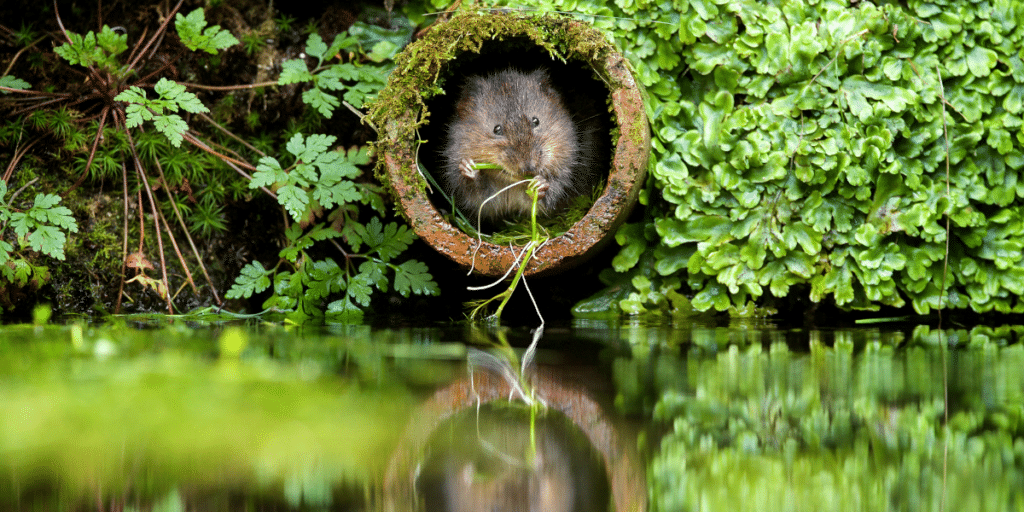Whilst studying, I became enamoured by the concept (which you can read more about here) and knew it needed to be more accessible.
This realisation changed my whole life trajectory.
I could probably find the original business plans I wrote back then. But my goal was clear: to help every land holding get a digital version of their land and collaboratively divine plans amongst those who know and treasure the land. Obviously, Land App has now evolved. But the DNA is still the same: To empower land managers to unlock the full potential of their land through tailored mapping technology, strategic partnerships, and collaborative solutions, thereby becoming a contributor to increasing biodiversity and combatting climate change, whilst remaining financially viable and yielding high-quality produce.
Regenerative agriculture is a principal-based design methodology. You look at things like climate, topography, where water sits in the landscape, where vegetation sits in the landscape and where buildings and fences are. And you work with what you have because you can’t change the climate or topography. You can’t change where water sits on the farm. Buildings are really hard to move but fences are easier to move and grazing cattle is easy to move and so on.
And so what you do with regen ag, you essentially use the design principles to make your holding as sustainable, or regenerative, as possible. And that’s why we provide these auto suggestions because to make a smart decision on a piece of land you want to be told where you could do things to get the biggest outcome.
However, as Land App developed, it became obvious that it would be impossible for farmers to transition into a regenerative practice unless the food supply chain valued it and unless there were public and private bodies to fund the transition. That’s why our work with organisations such as Sainsbury’s is so important; to provide the market infrastructure to enable farmers to receive the financial support they need to transition to more regenerative farming practices.
I also know, from experience, how time-consuming it is to try and work out the most financially and environmentally viable options for land use which is why we’re conscious of helping users see, not only the revenue they’ll make but the cost to access that revenue. And thus our templates were born. By removing barriers to accessing funding the move towards regenerative practices can be sped up (and as farmers, we can get to doing what we do best… farming!).
We’re here to help you work out what is the most appropriate use of the land you manage – and to help you move towards the values you care about. An extreme case of land management change is Knepp, we took a team trip there this month and it was interesting hearing Charlie speak about how difficult the soil type made farming for them and the other factors that he took into consideration to make pragmatic business decisions, which resulted in the Knepp Rewilding Project. Charlie reminded us – or reinforced – that in extreme times you have to look for the most appropriate business models for your land and assets. And that really is what Land App is here to support. We’re a tool to help you unlock the full potential of your land, whatever that looks like for you.
I always saw regenerative agriculture as a design methodology or philosophy, which we could codify into software. And that is what we’ve done. Genuinely, Land App came from me doing a regenerative agriculture course 13 years ago and I can’t wait to see where it will take us in the next 13 years.
Best Regards,
Tim Hopkin
While you’re here…
In our ongoing commitment to deliver exceptional service, we value your input. Your feedback is crucial in helping us improve and better serve you. Please spare a few moments to share your thoughts in this brief survey. Your insights play a vital role in our continuous efforts to enhance your experience and support you more effectively.

